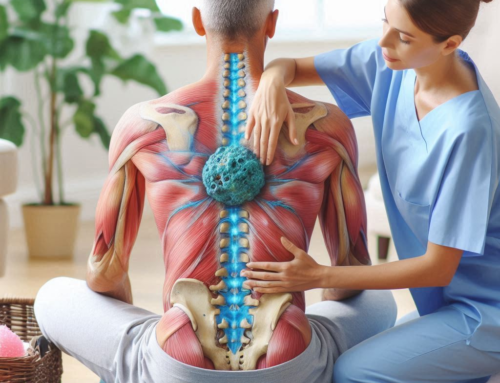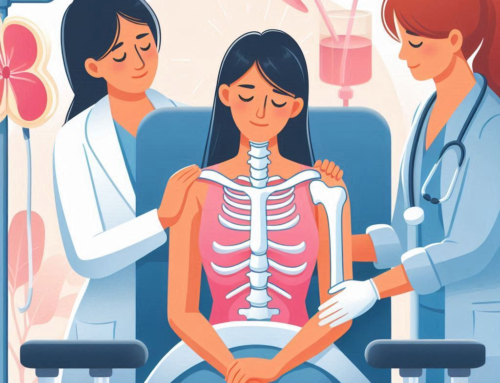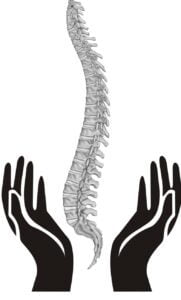Maintaining a strong and healthy spine is crucial for overall well-being and quality of life. With the prevalence of spine conditions increasing, understanding effective therapies to address these issues is essential. This comprehensive guide explores various therapies for spine conditions, providing insights into both conservative and advanced treatment options to help you build a stronger back.
Understanding Spine Conditions
Common Spine Conditions
Spine conditions can range from acute injuries to chronic degenerative diseases. Common spine conditions include:
- Herniated Discs: Occurs when the soft center of a spinal disc pushes through a crack in the tougher exterior casing.
- Degenerative Disc Disease: Age-related wear and tear on a spinal disc causes pain, instability, and other symptoms.
- Spinal Stenosis: Narrowing of the spinal canal, which can put pressure on the spinal cord and nerves.
- Spondylolisthesis: A condition where one of the vertebrae slips out of place onto the vertebra below it.
Symptoms and Diagnosis
Common symptoms of spine conditions include back pain, numbness, tingling, and weakness in the limbs. Accurate diagnosis involves physical examinations, medical history, and diagnostic imaging such as X-rays, MRI, or CT scans.
Also Read Empowering Your Backbone: A Comprehensive Guide to Spine Treatments
Conservative Therapies for Spine Conditions
Physical Therapy
Strengthening Exercises
Physical therapy focuses on exercises that strengthen the core muscles, improve flexibility, and enhance posture. These exercises help stabilize the spine and reduce the risk of further injury.
Manual Therapy
Manual therapy techniques, including spinal manipulation and mobilization, are used to relieve pain, improve mobility, and restore function.
Also Read Demystifying Robotic Spine Surgery: Advantages and Disadvantages in the Indian Context
Pain Management
Medication
Nonsteroidal anti-inflammatory drugs (NSAIDs), muscle relaxants, and analgesics are commonly prescribed to manage pain and inflammation associated with spine conditions.
Injections
Epidural steroid injections, nerve blocks, and facet joint injections provide targeted pain relief by reducing inflammation around the affected nerves.
Alternative Therapies
Chiropractic Care
Chiropractic adjustments focus on aligning the spine, improving function, and alleviating pain through manual manipulation techniques.
Acupuncture
Acupuncture involves inserting fine needles into specific points on the body to stimulate healing and reduce pain by promoting the release of endorphins.
Advanced Therapies for Spine Conditions
Minimally Invasive Procedures
Endoscopic Spine Surgery
Endoscopic techniques involve small incisions and the use of specialized instruments and cameras to treat spinal conditions with minimal tissue disruption and faster recovery times.
Laser Spine Surgery
Laser technology is used to remove or shrink damaged tissues, providing precise treatment with reduced bleeding and quicker healing.
Surgical Interventions
Spinal Fusion
Spinal fusion surgery involves joining two or more vertebrae to eliminate motion between them, providing stability and reducing pain from conditions like degenerative disc disease and spondylolisthesis.
Disc Replacement
Artificial disc replacement preserves motion and flexibility by replacing damaged discs with prosthetic devices, mimicking the natural function of spinal discs.
Also Read Degenerative Disc Disease: Managing and Slowing the Progression for a Healthy Spine
Holistic Approaches to Spine Health
Lifestyle Modifications
Ergonomic Adjustments
Implementing ergonomic principles in daily activities, such as maintaining proper posture, using supportive furniture, and adjusting workstations, can significantly reduce spine strain and prevent injuries.
Nutrition and Hydration
A balanced diet rich in anti-inflammatory foods, along with adequate hydration, supports overall spine health and aids in the healing process.
Mind-Body Techniques
Yoga and Pilates
Practices like yoga and Pilates improve flexibility, strength, and posture, contributing to spine health and reducing pain.
Mindfulness and Stress Management
Mindfulness techniques and stress management strategies, such as meditation and deep breathing exercises, help manage chronic pain and promote overall well-being.
Conclusion: Building a Stronger Back
Building a stronger back involves a multifaceted approach, combining conservative therapies, advanced medical treatments, and holistic practices. By understanding and implementing effective therapies for spine conditions, you can take proactive steps towards achieving optimal spine health, reducing pain, and improving your quality of life.
Note: We are also on WhatsApp, LinkedIn, and telegram, to get the latest news updates, Join our Channels. WhatsApp– Click here, to telegram – Click Here, and for LinkedIn– Click Here.








Get Social